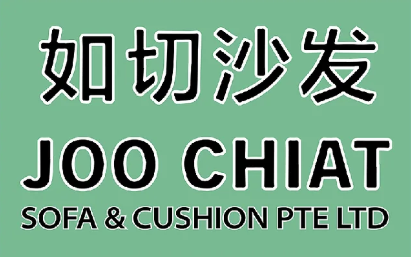Local business owners highlight the positive impacts of gentrification amidst changing demographics.
“Joo Chiat has transformed into a place for young people,” declares Max Lee, the owner of Joo Chiat Sofa & Cushion. Dressed in a tailored shirt, jeans, and a sparkly ring on his index finger, the 49-year-old presents himself as a confident figure in the upholstery business.
On any given day, Max can be found with his team of craftsmen, meticulously ripping apart old cushions and restuffing them with care. Just a short distance away, at unit 175, a new gourmet seafood grocer named Bleu showcases an array of delicacies, including dry-aged fish and Alaskan King Crabs, redefining the local market scene.
This juxtaposition exemplifies the changes happening along the street, where the character of Joo Chiat is shifting rapidly—an area now caught in the throes of gentrification. While the term “gentrification” often carries negative connotations, suggesting the displacement of long-time residents by wealthier newcomers, the situation in Singapore appears to present a different narrative.
In Joo Chiat, the transformation reflects a thoughtful evolution that caters to the needs of a new generation. This area, once deemed less desirable, has shed its unsavory past—less than 20 years ago, it was known for bar fights, karaoke lounges, and pay-by-the-hour hotels. “Twenty years ago, Joo Chiat was very ulu (remote),” Max recalls. “No one paid attention to this road.”
The once quiet streets are now bustling with bakeries and cafés, with Max humorously noting, “If you want bread, you don’t need to go elsewhere. There’s French, Italian—everything you could want!”
Adapting to Change
Settling into Max’s office, surrounded by boxes of bird’s nests from previous ventures, he expresses no fear of the new establishments. “I can learn so much from them. We are exposed to so many new ideas,” he explains. Max cites a local coffee shop that began with a pay-as-you-wish model as a prime example of innovative business practices.
Researchers Benjamin Hu and Gabriel Callabero have explored what they term “positive gentrification” in Singapore, arguing that social mixing of new and existing residents can create a cohesive community that fosters economic growth. However, achieving this harmony requires effort from both new and long-standing residents.
A few doors down, Thia Seng Lee, owner of Teong Theng Co., shares a similar sentiment. His storefront is filled with glossy rattan chairs and rocking horses, and he has witnessed the neighborhood evolve over his 77 years of tenancy. “Some gweilo (foreigners) compete with my business,” he notes, referring to the influx of trendy shops selling vintage clothing and other goods.
Though he doesn’t fully grasp the appeal of these newer establishments, he acknowledges the impact they have on the area. “One keeps opening right after another,” he mutters. “I think Western people prefer them more, not us.”
Changing Tastes
Seng Lee expresses dismay at the rising cost of coffee, lamenting how young people are willing to spend S$7 for a cup when he remembers it costing just $1 for a Kopi-O. “Young people are so careless with money,” he remarks, although he understands the need to adapt to these new trends.
Despite his traditional views, he recognizes the benefits brought by gentrification. The exposure from newer businesses can enhance the allure of his own offerings. Similarly, the dry-cleaning duo Fu Chai and Yvonne Chan have also noticed changing demographics in their customer base. “Now, when young people buy their pants, it’s not made of just polyester anymore,” chuckles Fu Chai.
The couple has been running Shanghai Chen Hin Dry Cleaning Co. for 40 years, serving a mix of customers, including younger clients seeking high-quality garments. They view these changes positively, understanding that the growth in the neighborhood benefits their business.
Navigating the Transition
With their established routines, Fu Chai and Yvonne embrace the shifts occurring around them. “We just have to adapt, move with the times,” Yvonne says cheerfully. Fu Chai adds, “There is nothing you can do about these changes. A lot of it stays the same. I’m used to it now.”
Joo Chiat-Katong represents a blend of modernity and history, and while it may seem chaotic at times, it reflects the natural evolution of urban spaces. As Max puts it, “It’s sad when we lose our neighbors, but I believe this is inevitable if we want this place to become even more bustling and lively. Bring on the gentrification, I say.”








